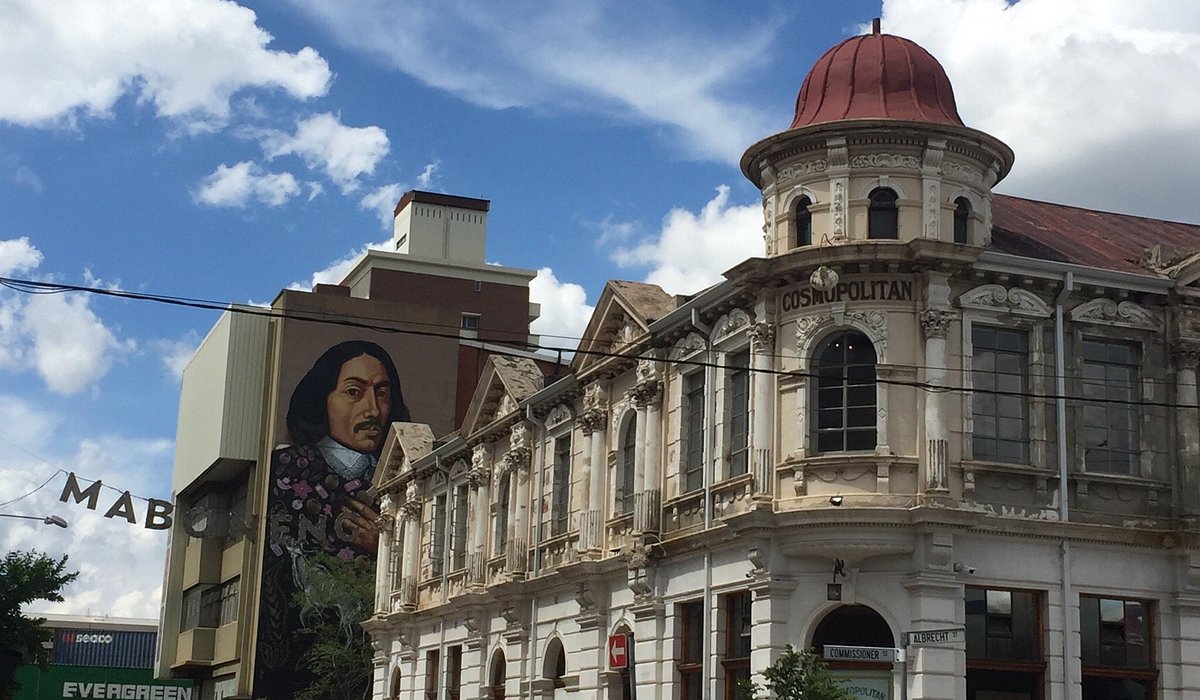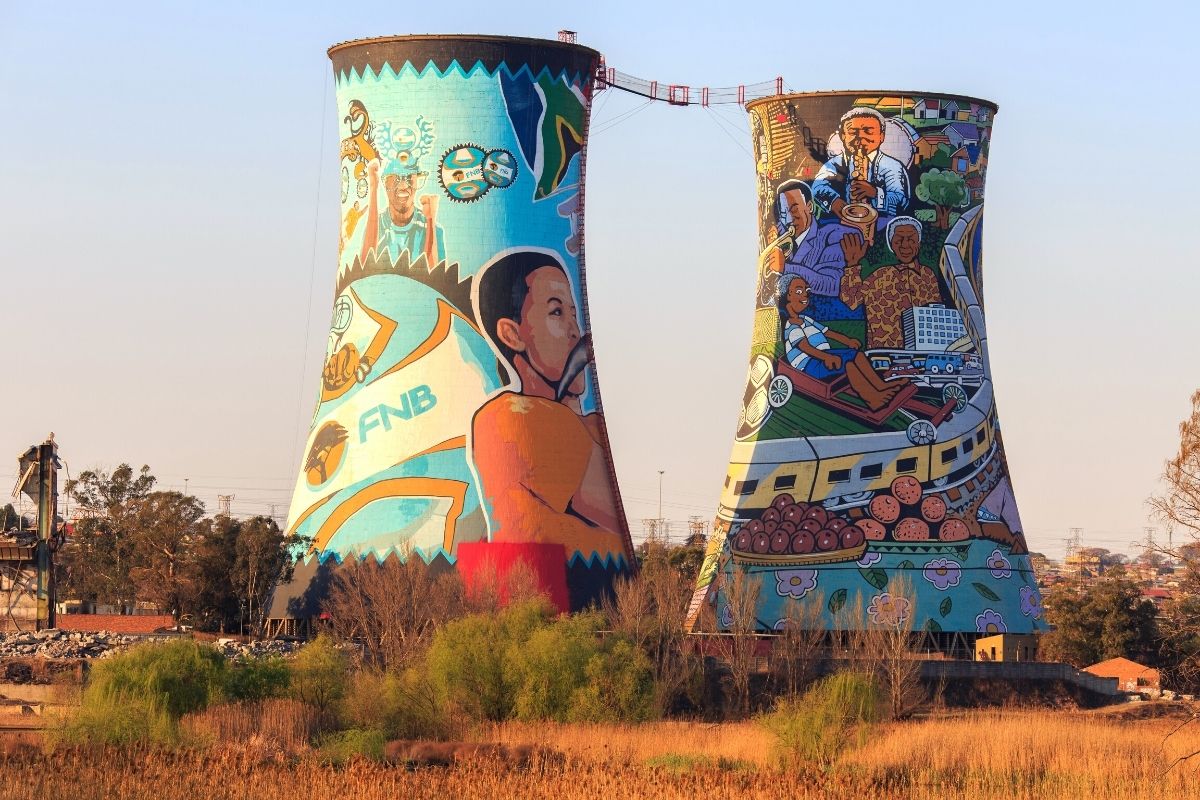The 7-Minute Rule for Johannesburg North Attractions
The 7-Minute Rule for Johannesburg North Attractions
Blog Article
The Basic Principles Of Johannesburg North Attractions
Table of ContentsAbout Johannesburg North AttractionsUnknown Facts About Johannesburg North AttractionsThe Basic Principles Of Johannesburg North Attractions An Unbiased View of Johannesburg North AttractionsJohannesburg North Attractions for BeginnersThe Buzz on Johannesburg North Attractions
The city owes its place to the visibility of an also extra valuable resource: gold. The city grew on the side of the Witwatersrand Key Coral reef, a subterranean stratum of gold-bearing quartz-silica corporation that arcs for hundreds of miles underneath the Highveld. Many of the gold mines in the city stopped procedure in the 1970s, yet in its day the Witwatersrand gold industry made up more than 40 percent of the globe's yearly gold manufacturing.Johannesburg has a warm climate. Summertime temperatures average concerning 75 F (24 C); winter temperatures average concerning 55 F (13 C) and just occasionally dip below freezing. The city enjoys regarding 8 hours of sunshine each day in both wintertime and summer. Rain standards regarding 28 inches (700 millimetres) per year, however the total differs considerably from year to year.
What rain the city gets drops virtually exclusively in the summertime months, often in spectacular late-afternoon electric tornados., where many citizens still count on coal for fuel.

Everything about Johannesburg North Attractions
The equilibrium of the city is occupied by whites. Lodging differs in personality and top quality.
Physical growth, although somewhat limited by transport, continued rapidly as immigration to South Africa, and Johannesburg in specific, enhanced considerably.
The majority of poor suburbs were mixed, with inadequate blacks and whites living with each other, although the well-off residential areas were typically reserved for whites. This changed with the political election of the National Party in the 1948 political elections, who began to formalise the system referred to as apartheid. Apartheid officially assigned which suburbs each race can reside in under the Group Locations Act.
The previous system of eleven numbered regions was reorganised in 2006. Marshalltown, as seen from the top of the Carlton Centre. The M1 and M2 run behind the structures, and the southerly suburbs expand past the highway boundary. The inner city of Johannesburg is situated within the city's Area F. The approximated population of the region is 200,000, [] The number of individuals living in the inner city on a casual basis is unidentified, as many are unlawful immigrants. Most higher-income citizens and white individuals have relocated to the north suburbs and have been changed by lower-income black individuals. The unemployment, education, and age accounts of the location are all unknown, because of the problem of getting trustworthy information about the area.
An Unbiased View of Johannesburg North Attractions
Yeoville and Bellevue have a mix of apartment or condo buildings and single household systems on small whole lots. The region is situated on a mountainous divide that runs from east to west.

Johannesburg Arena, a training school for both the Golden Lions and Orlando Pirates, is surrounding. The eastern suburban areas of Johannesburg are situated in the city's 7th [] and 9th [] regions. The location is also functionally incorporated with East Rand border communities beyond the official border of Johannesburg, such as Bedfordview and Edenvale (both part of Ekurhuleni Metropolitan District).
The Johannesburg North Attractions Ideas
R. Tambo International Airport). The eastern suburbs are some of the oldest areas of Johannesburg, there are huge neighborhoods of Jewish and other European backgrounds, the bulk of the populace is English talking. There are three fairway along with a variety of secured ridges with great site viewsites. There are several strong and up-market amusement and shopping locations in the eastern such as the Eastgate Mall and the Greenstone buying centre.
The location is mostly made up of old "matchbox" houses, or four-room houses constructed by the government, that were constructed to give low-cost accommodation for black workers throughout apartheid. Soweto is an abbreviation, standing for "South Western Townships". Street after road in this field is lined with matchboxes; nonetheless, there are a couple of smaller locations where flourishing Sowetans have constructed homes that are a lot here more comparable in stature with those in more wealthy residential areas.
Hostels are one more prominent physical feature of Soweto. Initially constructed to house male migrant workers, numerous have been enhanced as residences for couples and family members. The N1 Western Bypass skirts the eastern border of Soweto. The residential area was not historically permitted to create work centres within the area, so nearly all of its citizens are commuters to other parts of the city.
Johannesburg North Attractions for Dummies
The N1 Western Bypass links the northern residential areas with the north-western suburbs. The houses in the northern suburbs are mainly formal, without substantial locations of informal real estate, or housing that lacks a long-term framework. Although this is a well established area, there is a fad of land use modification from domestic to commercial, specifically along primary arterial roads and around established nodes.
The area is well connected to roadway networks, especially along the north-south axis created by the M1 and N1. Roadways to the eastern and west are less well established, as there are no highways taking a trip in that instructions. In the direction of the north boundary of the More Info city, the density of growth reduces, leaving huge locations of undeveloped land around Midrand.
The 25-Second Trick For Johannesburg North Attractions
The very first suburban area to the north of the inner city is Parktown, which lies on a hillside overlooking the central city and Hillbrow. It has many rich homeowners and Edwardian-design manors, as well as the Education and Clinical universities of the College of the Witwatersrand. The big concrete Charlotte Maxeke Johannesburg Academic Healthcare Facility controls the horizon of Parktown.
Report this page